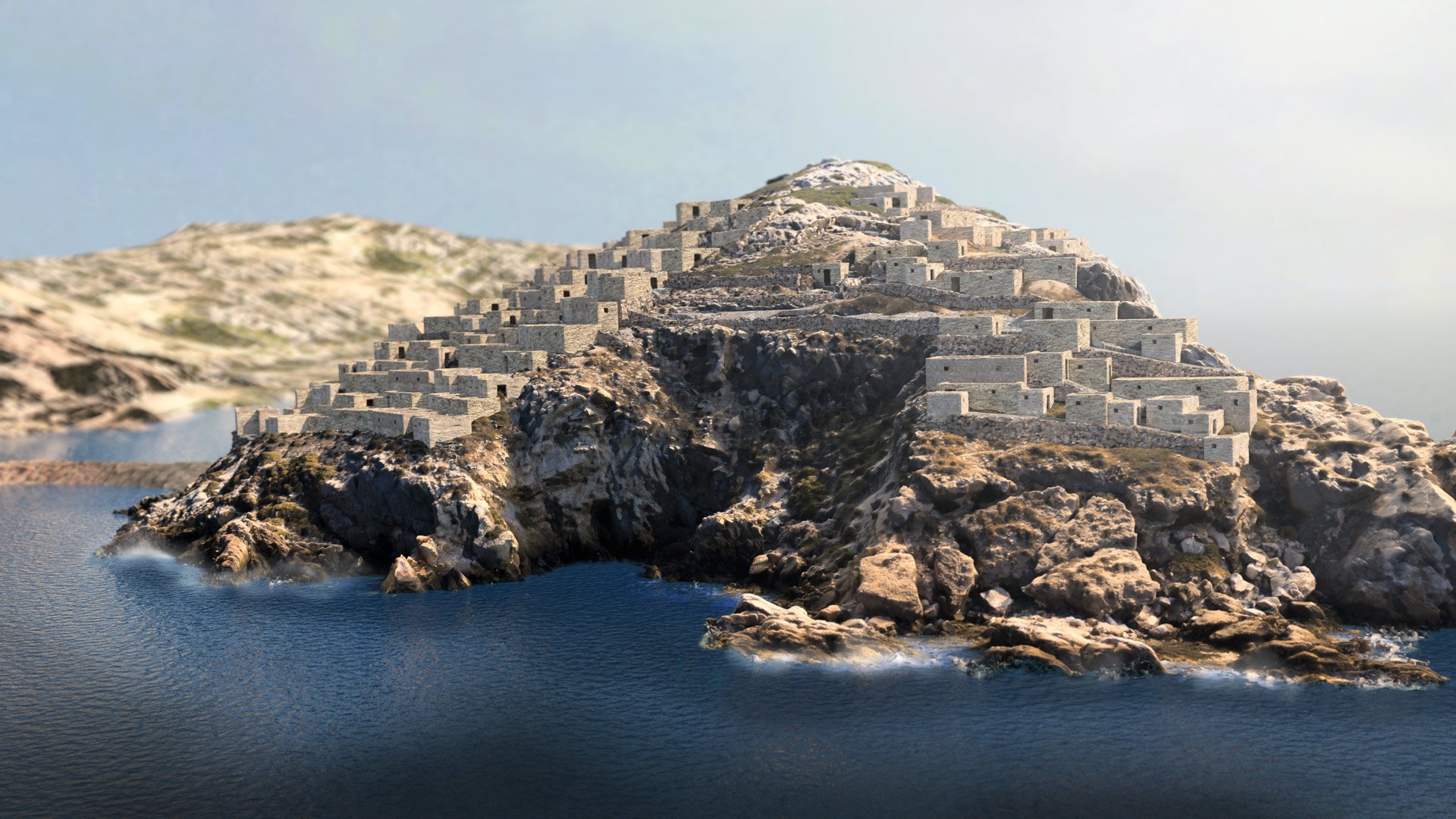
Keros, the small, uninhabited Cycladic island south of Naxos, Greece, had one of the most important Cycladic settlements during the Bronze Age, reaching the peak of its civilization around 2,500 BC.
The islet of Daskalio, a pyramid-shaped islet located just off the coast of Keros, was once part of the island before sea levels rose.
Over the years, archaeologists have found evidence of a rich cultural and monumental landscape dating back to before the Minoan period. In 2019, experts found the earliest monumental complex of buildings ever unearthed anywhere in the Greek world.
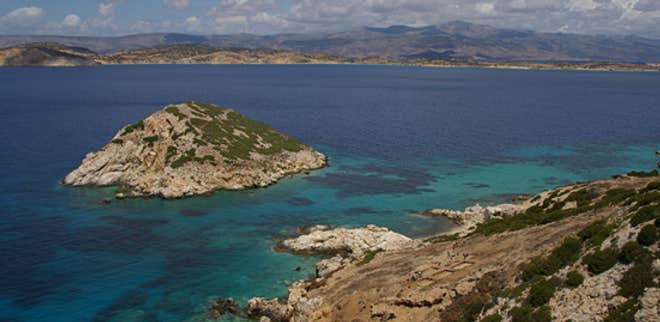
The long-buried structure, dating back at least 4,600 years, was constructed of marble transported from nearby Aegean islands on tiny wooden ships.
“It is by far the largest prehistoric marine transport operation that has ever come to light anywhere in the world,” said Dr. Julian Whitewright, a leading maritime archaeologist at the University of Southampton, told the Independent.
“It demonstrates quite clearly just how important, and integral to their culture, seafaring was to these early Bronze Age Aegean people.”
The huge quantity of white marble, up to 10,000 tonnes, was shipped from Naxos, an island some six-and-a-half miles away. Archaeologists estimate that it would have required over 3,500 trips with 24 sailors rowing solidly for five hours in open water.
It was part of a worldwide explosion of monumental buildings – the ruined pyramid of Daskalio is roughly the same age as Stonehenge, the lost city of Eridu in Iraq, and the earliest pyramids in Egypt.
The pyramid structure seems to have occurred independently to the Greeks and Egyptians, and a little later the Aztecs, as the ideal shape for monumental buildings.
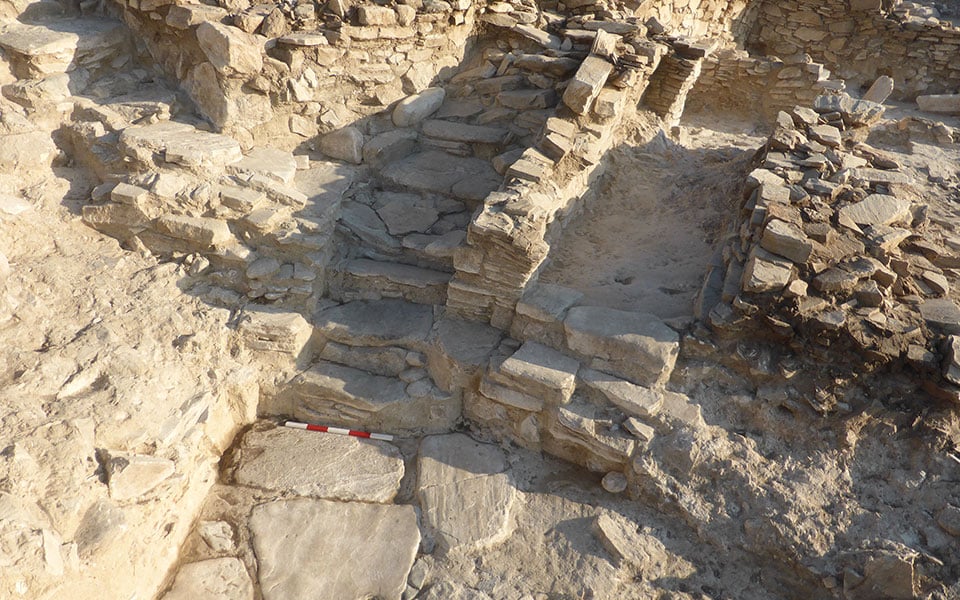
Mystery of broken offerings on Keros
It is believed that the pyramid islet was a religious site that attracted pilgrims, as small sculptures, vases, and other items that may have been left as offerings have been found by archaeologists.
Most of them were found broken. The prevailing theory is that the broken figurines were part of an Early Bronze Age ritual which involved visits by ancient pilgrims to the island to attend a religious ceremony and the breaking of the figurines when they left to take a piece with them.
The mysterious practice of breaking Cycladic figurines and depositing them on the island is still not fully understood, but it may have been a way for the Cycladic people to communicate with their gods or ancestors. The findings are indicative of the great importance of Keros in early Cycladic culture.
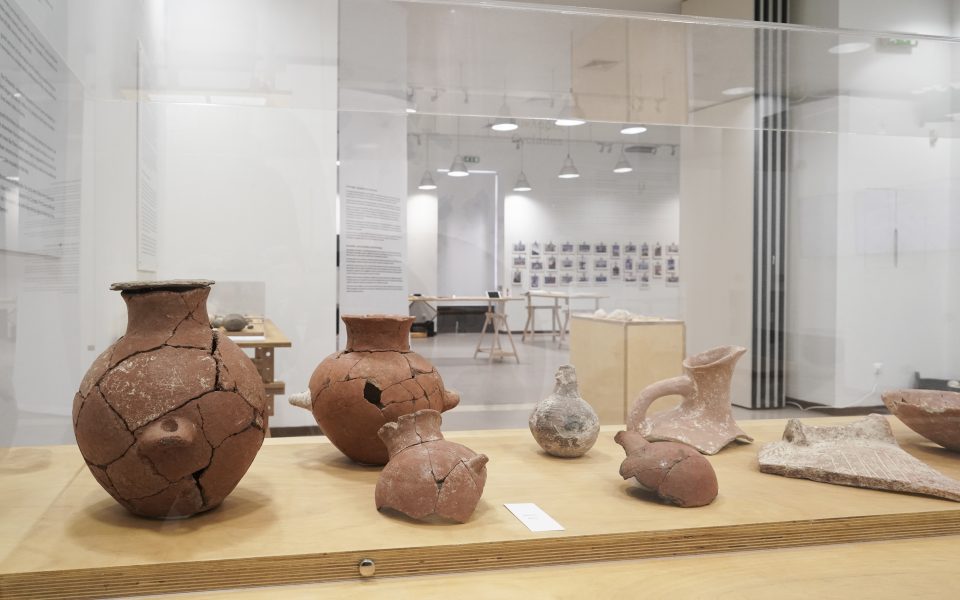
Michael Boyd of Cambridge University’s McDonald Institute for Archaeological Research, who is a co-director of the investigation, told the Independent:
”Our investigation has been transforming our understanding of early Bronze Age Cycladic culture and suggests that these very early Greeks were organisationally, technically and politically much more advanced than previously thought.”
The Keros Hoard
In the mid-twentieth century, archaeologists unearthed a wealth of the iconic flat-faced Cycladic figurines on the island, a spectacular find that has since then been known as the “Keros Hoard.”
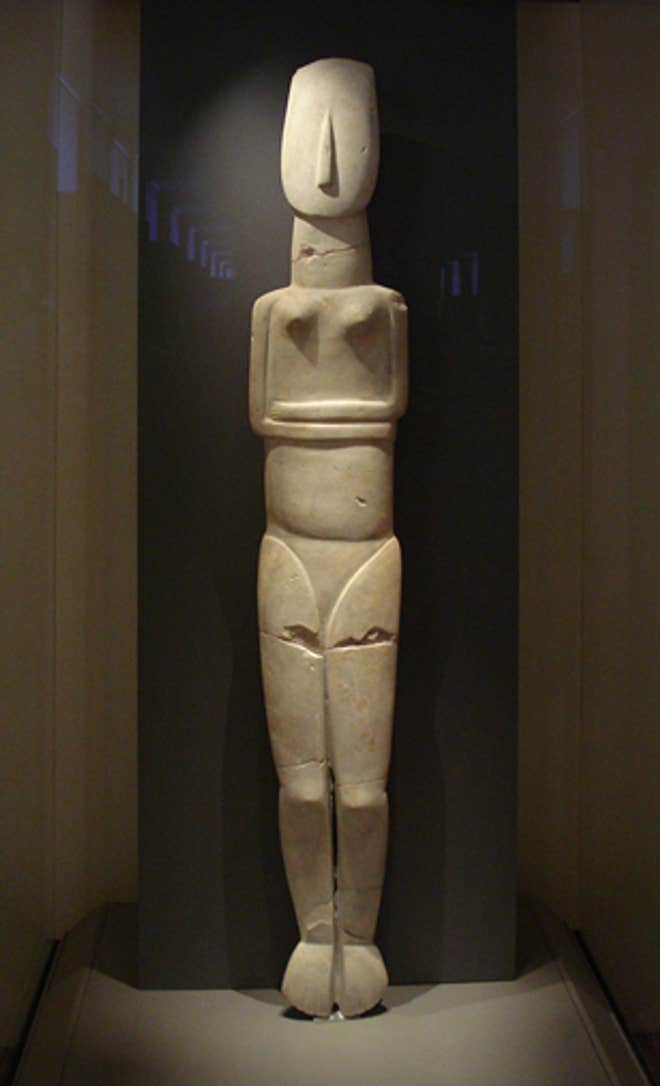
These iconic figurines were quickly purchased by collectors and museums around the world.
Cycladic figurines, such as those found on Keros, inspired many artists who saw links between the ancient style and contemporary art, embodied especially by Picasso, in his angular figures.
The island was abandoned in the late Bronze Age, but its archaeological remains continue to fascinate scholars and visitors alike.
Keros is now a protected archaeological site, and landing on the island is forbidden without a permit from the Greek Ministry of Culture. However, visitors can still admire the island from a distance, and some tour operators offer boat trips to Keros from nearby islands.
The island is the subject of a recent documentary which is the result of the first collaboration between National Geographic and the Greek television network COSMOTE TV.